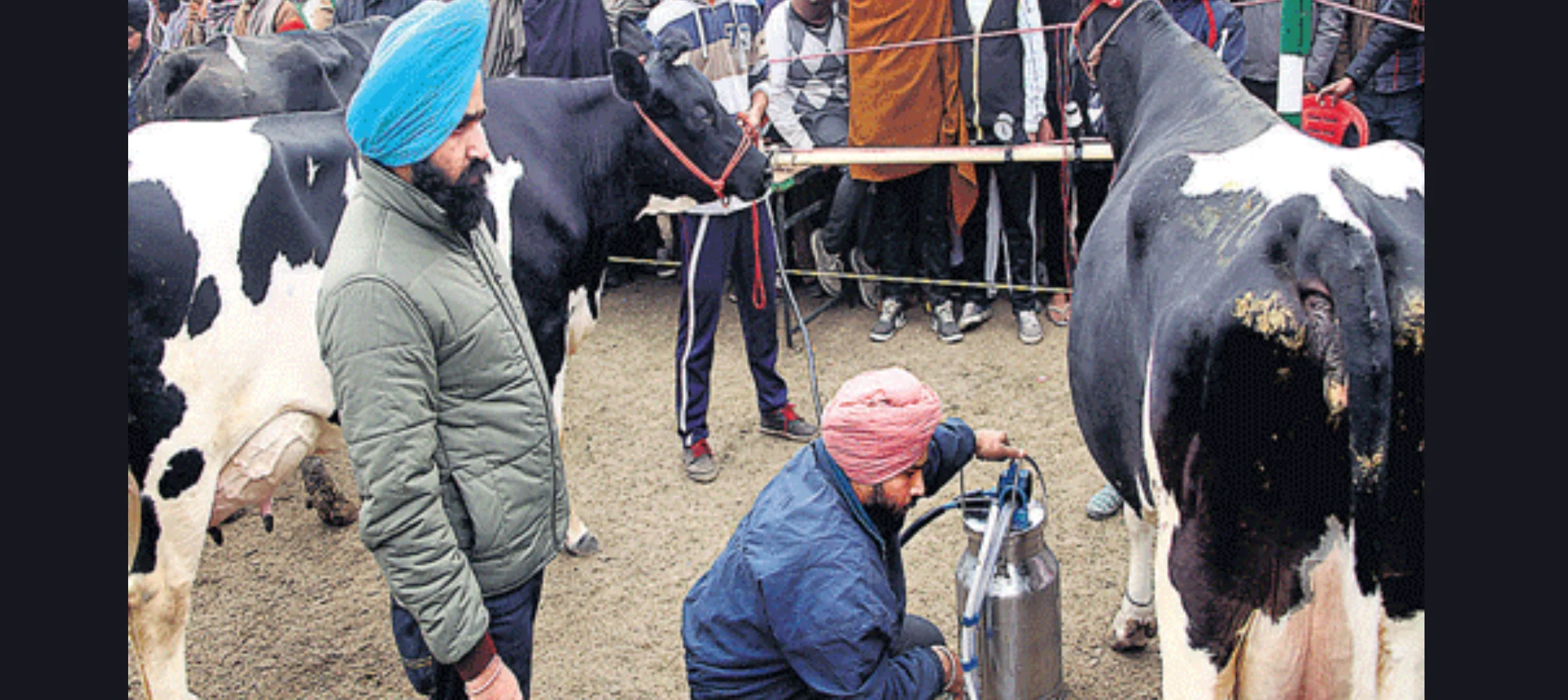
By:- Vivek Sharma and Munish Kumar*
With the passage of time, there has been an increase in the cost of milk production and efforts should be done to reduce the incidence of diseases like mastitis which is possible through efficient milking management. Clean housing and the surrounding environment are the keys to the animal’s good health. Clean milk production is defined as the production of disease-free milk by a healthy animal for human consumption. For clean milk production, good animal health, good health status of the milker, a clean surrounding environment and clean milk collecting utensils are a necessity. This will not only give us cleaner milk but also leads to lesser loss due to mastitis in a dairy herd. Following are some of the key points for clean milk production and reducing the incidence of mastitis.
Important points regarding clean milk production:
1. The full-hand method of milking should always be preferred over knuckling method.
2. Always clean the teats with clean water before milking and possibly disinfect them with the use of the disinfectant solution of potassium permanganate.
3. After milking, make sure all the teats are completely empty and no milk is left in the teats because this milk can serve as a source of bacterial infections.
4. The whole milking process should last for 5-8 minutes.
5. Use teat dips on all teats after milking the animal.'
6. The teat orifices remain open for up to 25-30 minutes after milking, make sure the animal doesn’t sit during this time as contact with soil can provide bacterial entry in it.
7. Machine milking is an efficient method of milking but makes sure that there are no wounds on teats while milking with machines.
8. The milker should be healthy and sound.
9. He should not be infected with infectious or zoonotic diseases.
10. The milker should be neat and clean, his nails shouldn’t be long which can injure the teats of the animal.
11. He shouldn’t possess any bad habits of chewing gutka, tobacco etc. The odour of tobacco can get into fresh milk.
12. Always clean your hands before milking the animal.
13. Always milk the healthy animals first and the diseased ones at last.
14. The animal sheds and surroundings should be clean and tidy.
15. There should be no menace of mosquitoes and ticks in the animal shed.
16. If the surroundings are dirty, their smell/odour can get into the milk.
17. Do not feed silage before milking the animals because its smell can get into the milk.
18. The diseased animals should be separated from the healthy ones.
19. The body of milking animals should be clean and free from dung during milking, otherwise, they can fall into milking cans.
20. The somatic cell count can give an idea of mastitis in the animal.
|
|
|
|
|
|
|
|
|
|
|
|
|
|
|
|
21. The milk from animals affected by Lumpy skin disease can be consumed after properly boiling the milk and this disease does not affect humans.
22. Raw milk has a number of other bacteria which can be unhealthy for human health, so it is advisable to always boil the milk before consuming it.
By keeping the above-listed points in mind, clean milk production can be done by keeping animals and milk producers healthy and disease free.
Full-hand method of milking
The writers are from the Krishi Vigyan Kendra,Muktsar and Krishi Vigyan Kendra, Ferozepur
Your email address will not be published. Required fields are marked *
29 Jan, 2024
29 Jan, 2024
29 Jan, 2024
25 Jan, 2024